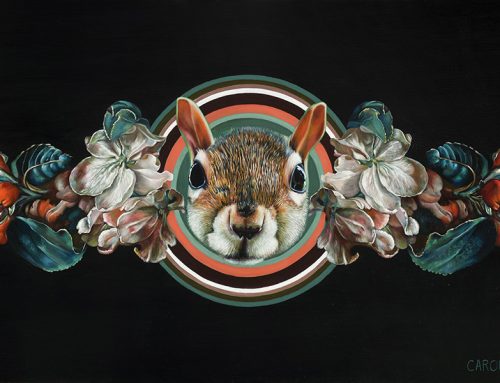
Feathers, human hair, spit and salt crystals
My research into the structures of power and division between humans and non-humans begins with an investigation into the colonial history of MEE-qan (Beacon Hill Park) in Victoria BC. The Indian (blue) peafowl, similar to the Eastern Grey Squirrel (who had been brought from the east coast of the United States to Victoria in 1966), had been brought to the park by colonial settlers from the Indian subcontinent in 1891.
The peacock feathers for these assemblages were foraged from Meeacan (Beacon Hill Park). These experiments include dyed blue and red human hair gifted me, plus salt and borax crystals. I’m exploring different ways to visually represent the combination of human and non-human DNA. Salt is used to extract DNA during genome testing or to extract the phenotypes. I wanted to see what the crystallization of different materials could tell me after being dipped into the salt bath and mixed with my spit.





Works Cited
Margulis, Lynn, and Dorion Sagan, Acquiring Genomes: A Theory of the Origins of the Species, Basic Books, New York, 2003.





![Squirrealism: Psychometry (IIC) in artistic practice. [Online presentation] International Multispecies Methods Research Symposium, University of Saskatchewan, Saskatoon, Canada.](https://www.carollyne.com/wp-content/uploads/2023/06/Screen-Shot-2023-06-18-at-9.16.32-PM-copy-1-500x383.jpg)